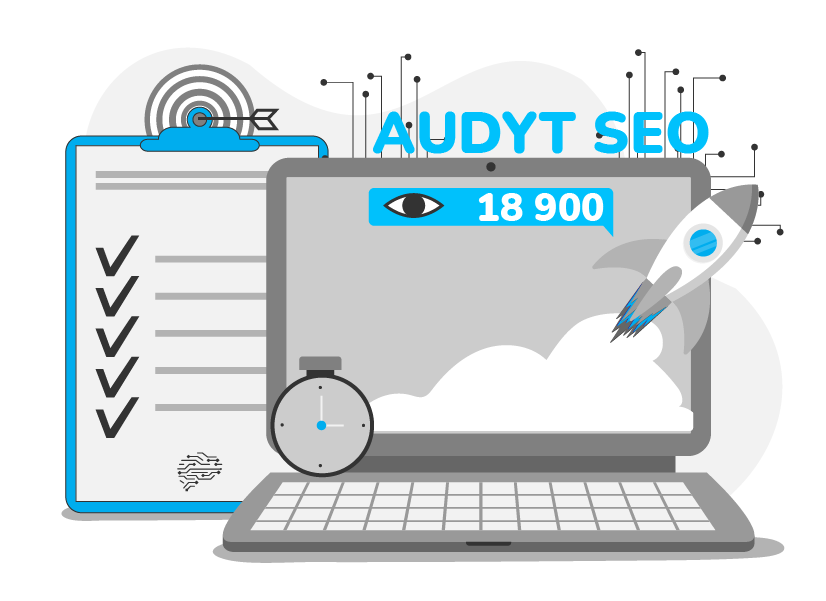CRM or Marketing Automation?

CRM or Marketing Automation
By creating a company's set of marketing (and sales) tools, we are increasingly considering which ones should be included in our portfolio to effectively support strategies and processes. From among the whole range of useful solutions, CRM and Marketing Automation usually appear in one of the first places. Both of them are increasingly the basis of business technology, allowing effective contact with the client and building a healthy lead pool.
Despite the nominal separateness of CRM and Marketing Automation, dynamically developing, they are becoming more and more common features. However, they still differ not only from their basic purpose, but also from their basic functionalities. In both cases, the margin forming the common part is becoming wider, but nevertheless, the tool is complementary rather than replacing it.
Big or Small CRM and MA solution
Depending on the nature of the company using them, CRM / MA functions support, complement, exist in parallel or compete.
In case we have the entire suite of one of the large suppliers such as Oracle, Salesforce, or Microsoft, the problem is limited to the minimum. As, the individual components of the platform support Customer's Journeys in a logical and consistent manner as part of business processes. The sales funnel, regardless of type and assignment to sales or marketing, shows information from the same source.
In this situation, however, when creating the architecture of technology supporting business, we choose solutions from various sources. Unfortunately, we must assume that despite a perfect plan and such assumptions, effective use of tools will involve not only the necessary integration but also the need to lean on additional processes. API culture, which I mentioned in one of the previous entries, assumes free access to interfaces that allow you to connect 'everyone with everyone, however, each time it requires additional expenditures, resources, and tests.
Differences between solutions
Returning, however, to the title issue of CRM, or Marketing Automation, let us recall briefly how it was usual to define these tools.
CRM is the management of customer relations, covering both the business area and technologies that support it. The term refers to the entirety of strategies, tactics, and operations carried out with the use of business tools as part of direct and indirect interaction with the client. Thus, the tool supporting processes related to and relationship management is CRM, sometimes referred to as Sales Force Automation (SFA). A brief explanation - we can say about SFA that it is the basis from which the development of advanced CRM systems has gone out and continues to find a place for itself where users care more about sales support than a holistic approach to the customer.
Marketing Automation, on the other hand, is part of the communication strategy implemented in digital channels supported by a technology platform that allows automatic serving to potential and current clients integrated into the scenarios of the message. One of the many advantages of the MA tools is, beyond the relatively low (e) CPS, automation of repetitive interaction processes and personalization of communication.
We can see at the first glance that if CRM allows us to maintain and manage all information about the client, MA will support interaction processes. Of course, this is an elementary statement, but the differences between the use of tools are just coming to it. Let's go a bit further and try to get a bit more facts describing these two-business technology (BT) environments.
Some details for the brightening of the vision
The functional assumption of the CRM class tool is extensive support of sales, marketing, customer care, and customer service processes. The basis will be activities on information and data from various sources (including marketing automation):
- Integration, maintenance, and processing of data about clients and potential clients
- Ability to define a promotional cycle (sales cycle)
- Construction and management of sales funnels
- Preparation of segmentation, targeting, and customer profiling
- Creating predictive models based on a data matrix
- Planning and reporting customer interactions - e.g., visits
- Implementation of the process of generating and fulfilling orders
- Contract and documentation management
- Conducting conversations within the call center and telemarketing
The effect of data processing will be information that will be sent to people who create business tactics. On the other hand also back to the MA as elements of scoring or triggers for the implementation of the campaign (eg date of birth + name + purchase preferences = personalized birthday offer).
For a change, tools from the Marketing Automation group should provide a whole range of functionalities allowing for communication on the Internet with particular emphasis on product pages, e-mail, and SMS.
- Preparation of scenarios of interaction with the client in various digital channels
- Construction and sending of e-mails and SMS
- Creating and managing communication on product pages (pop-ups, forms, banners)
- Implementation of landing pages
- Integration with social media and content management
- The possibility of creating segmentation and scoring
So, what is the common denominator for the above platforms? Depending on the solutions, these can be e-mail modules, the ability to build target groups - segments, create scoring, and, above all, the database. So, does the duplication of systems makes sense? It is difficult to answer this question clearly, in particular, that similar functionalities available in both CRM and Marketing Automation are created to complete elements of one platform that allow for the most effective management of customer information and data.
A Summary
Choosing a solution should, above all, allow the full support of all key business processes and ensure the flexible development of new concepts in the future. It is worth considering a tool - a platform that integrates the functionality of both CRM and MA in a native manner. This approach will save us not only license costs but above all time and the need for development in the area of integration processes essential in the case of purchasing solutions from different suppliers. Naturally, API culture is becoming more and more popular and, in theory, it should allow easy and cheap communication of marketing tools with each other.
Artykuł uaktualniony 1 year





